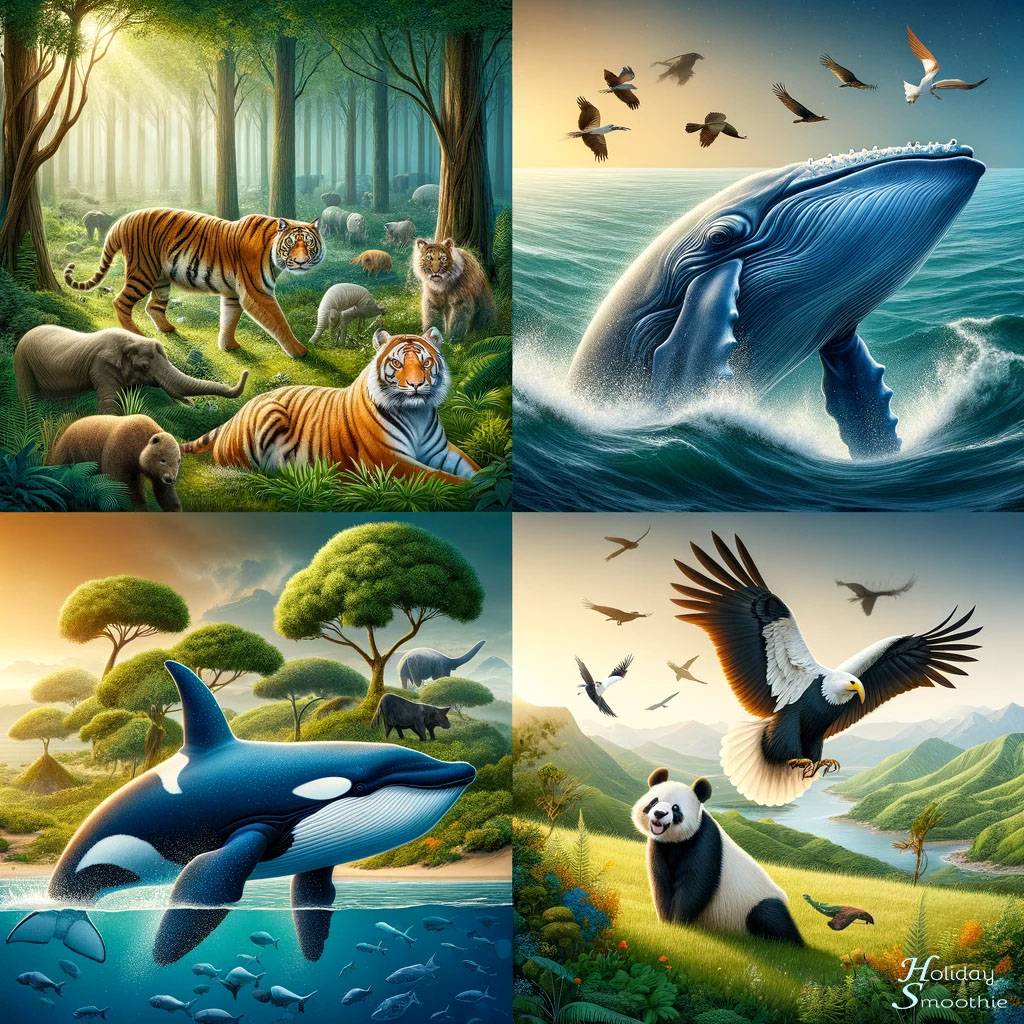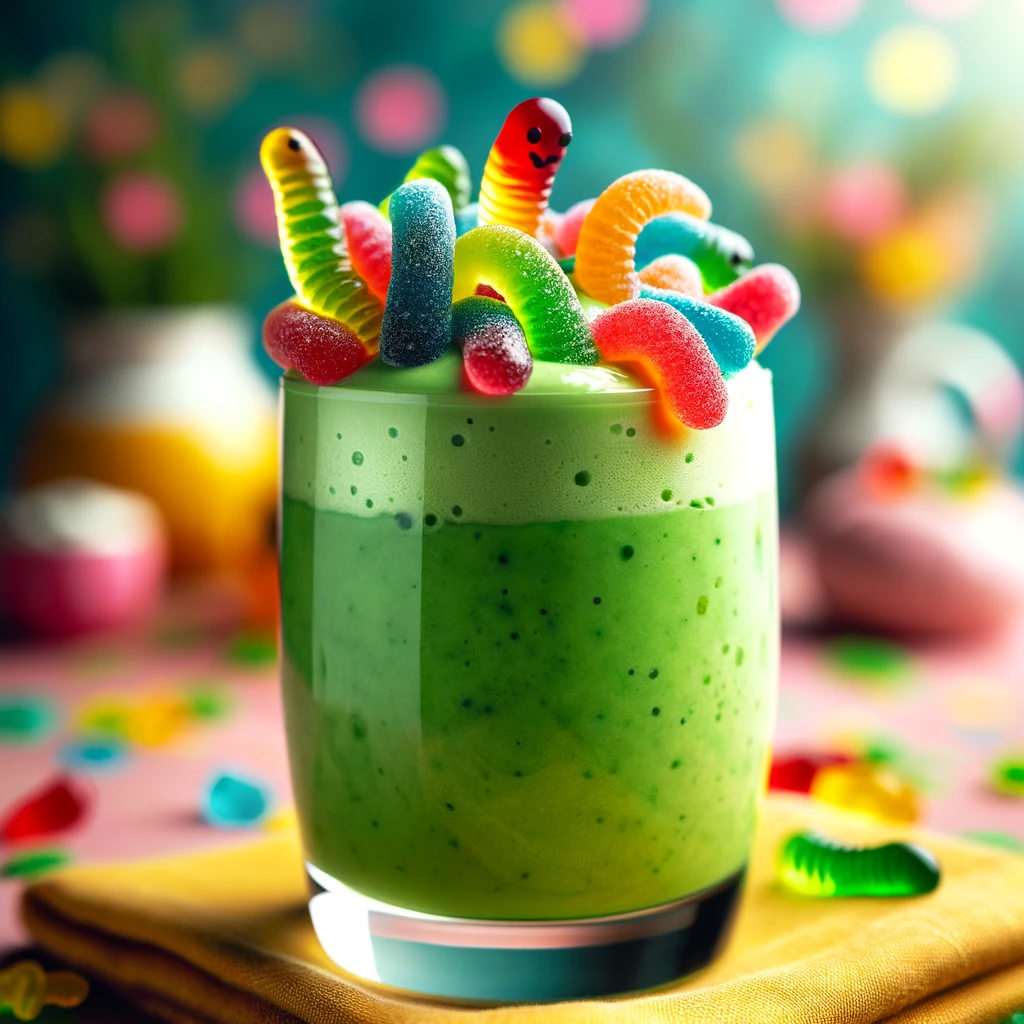A diverse array of endangered species from different habitats around the world. It includes a Siberian tiger in a forest, a blue whale in the ocean, a giant panda in a lush green environment, and a California condor soaring in the sky. Each animal is depicted in its natural habitat, emphasizing the beauty and urgency of conservation efforts.
Introduction to Endangered Species Day
Endangered Species Day is an annual event dedicated to raising awareness about the plight of endangered and threatened species and the efforts needed to conserve them. Observed on the third Friday of May, this day encourages people around the world to learn about the importance of protecting endangered species and what actions can be taken to help preserve them. The day serves as a reminder of the biodiversity crisis and the urgent need to address it.
Significance of the Day
Endangered Species Day highlights the critical need for conservation efforts to protect the many plants and animals that are at risk of extinction. The loss of any species can have significant ecological impacts, affecting other species and the health of ecosystems. By focusing on endangered species, this day promotes a greater understanding of wildlife conservation and encourages a commitment to protect natural heritage.
Cultural and Historical Impact
The concept of Endangered Species Day was inspired by the growing global concern over increased wildlife extinction rates. It was first proclaimed in the United States in 2006 by the United States Congress. Since then, it has grown into a global event that engages conservation groups, educational institutions, government agencies, and communities in a variety of awareness and action activities.
Types of Celebrations
- Educational Programs and Workshops: Schools, zoos, wildlife organizations, and museums host educational events and workshops that focus on the importance of biodiversity and the specific steps people can take to help protect endangered species.
- Art and Film Exhibitions: Art exhibits and film screenings that feature wildlife and discuss conservation challenges and successes.
- Conservation Activities: Tree planting, habitat cleanups, and restoration projects are common activities where volunteers can directly contribute to habitat preservation for endangered species.
- Social Media Campaigns: Extensive use of social media to share information about endangered species, spotlight conservation success stories, and mobilize support for conservation efforts.
Encouraging Societal Behaviors
Endangered Species Day fosters greater environmental stewardship. It encourages individuals and communities to adopt more sustainable practices that reduce their ecological footprints, such as supporting habitat protection, advocating for environmental policies, and participating in citizen science projects.
Age-Related Activities
- For Children: Interactive activities like drawing contests themed around endangered species, storytelling sessions about wildlife, and visits to local nature reserves or sanctuaries.
- For Adults: Engaging in advocacy and volunteering for local conservation groups, participating in educational seminars, and supporting eco-friendly businesses and products.
Summary
Endangered Species Day is a vital observance that sheds light on the critical status of many species and the collective action required to protect them. It is a day to celebrate conservation successes and to renew efforts to prevent extinction, ensuring that future generations will live in a world teeming with biodiversity. By participating in Endangered Species Day activities, individuals can contribute to a global movement dedicated to the survival of species and the health of our planet
Endangered Species Day Smoothie: “Biodiversity Boost”
Introduction
Celebrate Endangered Species Day with the “Biodiversity Boost” smoothie, a vibrant and nutritious blend designed to reflect the richness and diversity of the world’s ecosystems. This smoothie combines a variety of fruits and vegetables, each representing different colors and benefits, symbolizing the importance of protecting diverse biological species.
Ingredients and Their Significance
- Kiwi: Represents endangered rainforest species; kiwis are high in vitamin C and dietary fiber.
- Dragon Fruit: Symbolizes exotic species; this fruit is noted for its distinctive look and antioxidant properties.
- Mango: Stands for tropical biodiversity; mangoes are rich in vitamins A and C.
- Spinach: Represents green, leafy habitats; spinach is loaded with iron and vitamins.
- Almond Milk: Suggests sustainable agricultural practices; it’s a dairy-free alternative that supports a lower carbon footprint.
- Flax Seeds: Symbolize the plant kingdom’s vital role in ecosystems; flax seeds are a good source of omega-3 fatty acids and fiber.
Instructions
- Peel and slice one ripe kiwi and half a dragon fruit.
- Cube one ripe mango.
- Place the sliced kiwi, dragon fruit, and mango in a blender.
- Add a handful of fresh spinach and two tablespoons of flax seeds.
- Pour in one cup of unsweetened almond milk for a smooth consistency.
- Blend until smooth.
- Serve chilled, garnishing with a few slices of dragon fruit or kiwi.
Nutritional Summary
This “Biodiversity Boost” smoothie is not just a treat for the taste buds but also a powerhouse of nutrients:
- Calories: Approximately 250-300 kcal per serving.
- Protein: About 5 grams, primarily from the almond milk and flax seeds.
- Total Fat: Approximately 4 grams, including healthy omega-3 fatty acids from flax seeds.
- Carbohydrates: Around 50 grams, providing energy from natural fruit sugars.
- Dietary Fiber: About 7 grams, aiding in digestion and heart health.
- Vitamins and Minerals: Rich in vitamin C from kiwi and dragon fruit, iron from spinach, and vitamin A from mango.
Enjoy this smoothie on Endangered Species Day as a refreshing reminder of the importance of conserving biodiversity and adopting sustainable practices to protect our planet’s ecosystems.
The “Biodiversity Boost” smoothie, beautifully presented in a clear tall glass. The smoothie showcases a vibrant blend of colors from kiwi, dragon fruit, mango, and a layer of spinach, topped with a sprinkle of flax seeds. The ingredients are artfully arranged around the glass in a natural and earthy setting, reflecting the theme of biodiversity and conservation.








